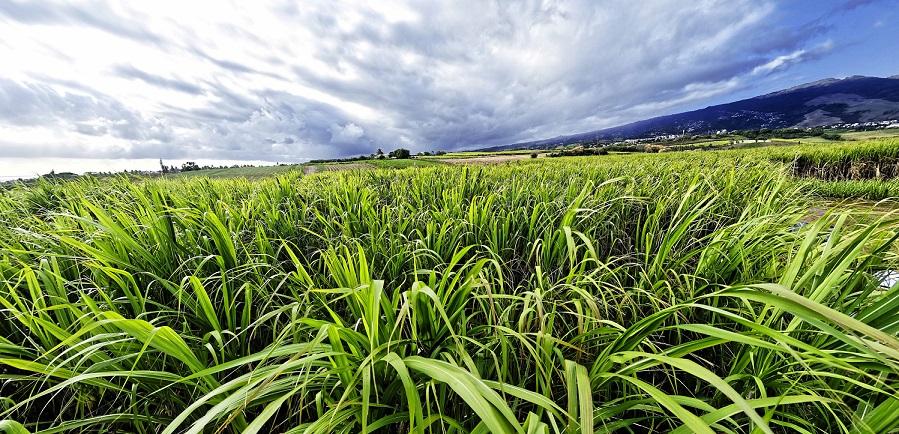- Home
- Worldwide
- CIRAD worldwide
- Projects
- SIAAM project
Services and impacts of agricultural activities in tropical environments - SIAAM

Sugarcane field © R. Carayol, CIRAD
Issues
Agricultural production systems need to address new sustainable development issues at the socio-economic, health, food, environmental and regional planning levels. In this context of global change, they must adapt in order to meet the challenge of ecological intensification and to increase yields and minimise inputs, while consolidating the agricultural development model in Reunion Island and a specific interprofessional mode of organisation. All of the stakeholders concerned need to make decisions and implement innovations in order to adapt to biophysical or socio-economic dynamics, while assessing the impacts on production, environment, sustainability, economic viability, etc.
Description
SIAAM is structured around three separate projects:
- SIAAM 1 focuses on the plot and herd level biophysical processes involved in the recycling of biomass (especially fertiliser materials of residual origin) in agro-ecosystems. The goal is to succeed in closing carbon and nutrient cycles (nitrogen and phosphorus) while managing flows of contaminants.
- SIAAM 2 focuses on the production of biomass and its agricultural and energy recovery in agricultural production systems. The goal is to assess the multi-criteria performance of the sustainability of farms and agricultural value chains.
- SIAMM 3 focuses on the analysis and processing of spatial information, and on the understanding of spatial dynamics. The goal is to provide actors with tools to promote appropriate territorial management of the services and impacts of agricultural activities.
Expected changes
- SIAAM 1
Agricultural sector stakeholders will improve recovery of their residues (organic and inorganic, i.e. ash), especially by managing their fertilisation practices based on the use of fertiliser materials of residual origin available in the territory.
- SIAAM 2
The sectors will succeed in improving the level of performance of farms, with a view to economic, social and environmental sustainability.
- SIAAM 3
The stakeholders will use tools to represent and study spatial dynamics in order to collectively define territorial strategies for the management of agricultural activities.
Expected impacts
The expected impacts of the project are:
- A greater contribution of the woody biomass produced locally, especially by invasive shrub species, to the energy mix in Reunion Island;
- A substantial reduction in imported fertilisers and soil improvers through the technical management and collective organisation of the agricultural recovery of residual fertiliser materials produced locally;
- Greater resilience of farms and value chains to the numerous changes (regulations, social demand, climate change) that impact their activities.
























